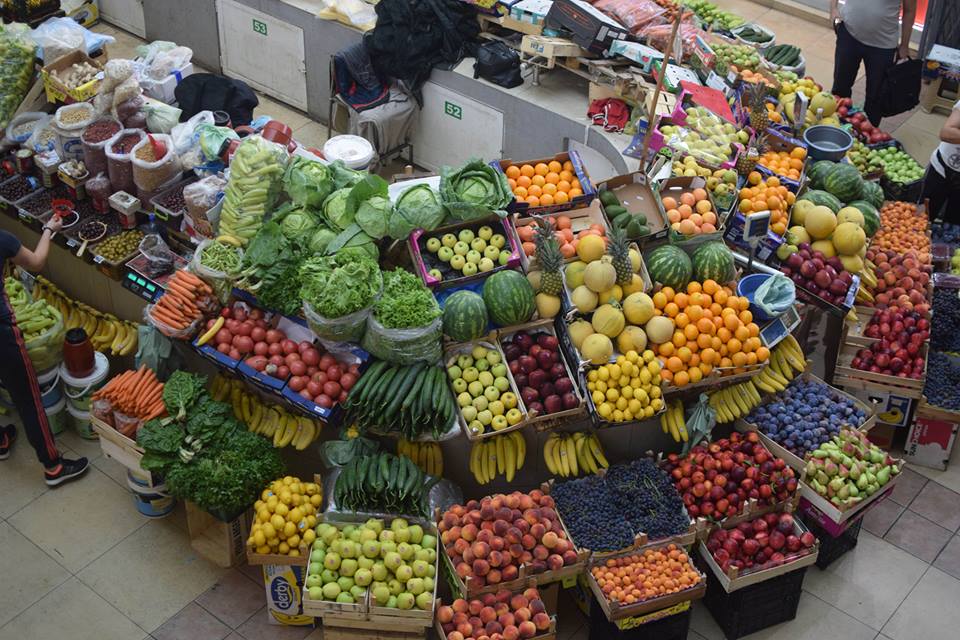.INTERNAL AND EXTERNAL
CONSTRAINTS
“The enemy is anybody who’s going to get you
killed,” Joseph Heller had a character say in the
novel Catch 22, “no matter which side he’s on”. One
might adapt that idea to trade policy to state that, as
a general principle, the principal objective of a trade
ministry should be to reduce or eliminate any barrier
to the full participation of the country’s industries
in the trading system, no matter what its nature or
where it might be found. Some of those barriers may
be external constraints such as tariffs and non-tariff
measures imposed by partner countries, but many
others may take the form of internal constraints. The
latter includes capacity limitations that affect the
country’s ability to produce and export competitive
products (e.g. inadequate infrastructure, deficits in
human capital, etc.), as well as policies that might
discourage entrepreneurship (e.g. through heavy
taxation, regulation, or corruption). No matter where
these inhibitions originate, they should receive the
attention of the trade ministry and the TPF.
Many of the external barriers that developing countries
face have been greatly diminished over the past
generation, or have even disappeared altogether.
Whether as a result of dependence on primary
products, their eligibility for preferential programmes,
or their negotiation of regional agreements, many
small and poor countries have seen tariffs on their
exports whittled down to low or zero levels. This
will often mean that their opportunities to export
are determined more by capacity constraints at
home than by barriers abroad. For many of these
countries, the promotion and facilitation of trade are
68 TRADE POLICY FRAMEWORKS FOR DEVELOPING COUNTRIES: A MANUAL OF BEST PRACTICES
more important than negotiation or litigation. Trade
liberalization has now progressed to the point where
protected sectors are the exception rather than the
rule in most developed countries, and the greatest
constraints on the opportunities of most developing
countries are internal rather than external. These two
points have tremendous implications for the workload
of trade ministries, where the domestic tasks are often
more important than the international. Put another
way, trade is determined more by the efficiency of
firms and the environment in which they operate at
home than by the trade barriers that governments
choose to impose, waive, or remove.
The fundamentals for long-term growth are human
resources, physical infrastructure, macroeconomic
measures and the rule of law. The role of trade policy
in economic growth is largely auxiliary and of an
enabling nature: extremes of export taxation and import
restrictions can surely suffocate nascent economic
activity, but an open trade regime will not on its own
set an economy on a sustained growth path. Too much
focus on “outward orientation” and “openness” can even
be counterproductive if it diverts policymakers’ attention
away from the fundamentals listed above and treats trade
rather than per capita income as a yardstick of success.
Rwanda’s Development-Driven Trade Policy
Framework (2010)
The most important barriers to foreign markets
that do remain are primarily in the form of non-tariff
measures that are more often adopted for technical
than for protectionist purposes, but may nevertheless
have a restrictive effect. One frequent example is the
imposition of sanitary and phytosanitary measures
on products that can, if not handled properly, pose
threats to the health of consumers in developed
countries. The resulting restrictions on imports of
(for example) fruits, vegetables, meat, and fish from
developing countries are typically not manifestations
of protectionism per se, but are best seen instead as
external reflections of internal constraints. If countries
do not have in place the needed resources to meet
developed countries’ standards, such as safe and
reliable sources of clean water and electricity, they
may find their products excluded from these markets.
These are points that one finds reflected in the
TPFs produced to date. The TPF for Zambia, for
example, paid just as much attention to the NTBs
that the country itself imposed on imports from its
regional partners as it did on the NTBs that those
partners imposed on Zambian exports. Similarly,
the Jamaican TPF noted the problems encountered
in the development of new, processed agricultural
exports in an environment in which “standards are
increasingly stringent and constantly changing,”
and in which “compliance has considerable cost
implications, particularly for SMEs” (p.80). The TPF
for Rwanda likewise noted that the country’s coffee
faces no duties in major export markets, but as an
LDC the country lacks “capacity to meet standards
for its exports” (p.19). These include the European
Union’s standards with respect to ochratoxin (a type of
fungus) for roasted, ground and soluble coffee; United
States standards for pesticides in coffee and tea;
and food safety standards in Switzerland. The ability
of Rwanda to meet these standards is hampered by
the unavailability of the needed infrastructure and
personnel, obliging it to use services in other countries
in order to test its own products. That problem is
being ameliorated by strengthening the capacity
of the Rwanda Bureau of Standards, and obtaining
accreditation of its laboratories, but it is clearly a great
expense for a poor country.

